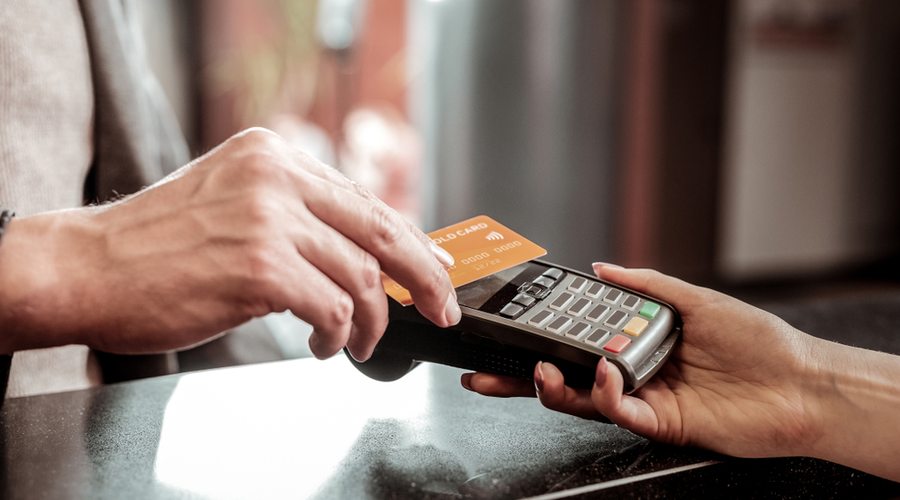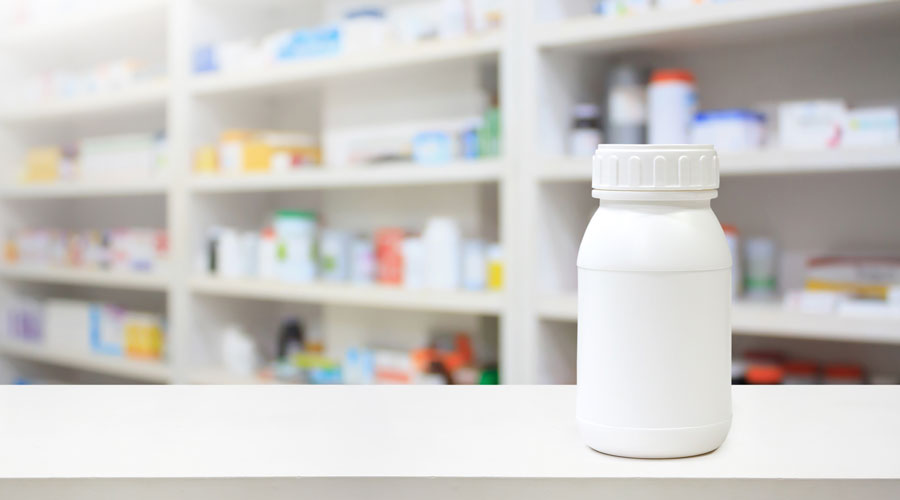Inside: Contactless payment methods give patients more options and more convenience every day — it also makes social distancing easier in the time of the pandemic.
Contactless payment methods have been on the rise for the last few years, but the coronavirus pandemic has brought new attention to them. According to a National Retail Federation survey, no-touch payments have increased by 69 percent since January of this year.
With everyone suddenly more conscious about the germs lurking around them, contactless payments provide an extra layer of safety, since patients no don’t have to touch the point of sale terminal to pay. This is a perk for pharmacies, too, as it means they don’t have to spend as much time wiping the terminal down with cleaning solution.
Contactless payments also make pharmacies more efficient, since they’re often faster than swiping or inserting a credit card.
Here are the most popular contactless payment methods to be aware of and what you need to do to make sure your pharmacy can accept those payments.
RFID-Enabled Credit Cards
A few years ago, credit card companies started rolling out credit cards with RFID technology in their credit cards, which makes contactless payments or “tap to pay” easy for consumers.
Contactless payments are quicker than swiping or inserting the credit card — all patients have to do is tap their card against your point-of-sale device. The best part for merchants is that there are no additional fees, aside from the ones you usually incur from credit card payments.
For your independent pharmacy to start accepting contactless card payments, all you need to do is make sure your POS terminal is compatible with the technology.
It’s important to note that just because a card has a visible chip on the front of it, it doesn’t necessarily have tap-to-pay capabilities. RFID chips are inside the card, and the card should have a logo somewhere on it that looks a little like a sideways wifi signal to let patients know it’s ready for contactless payments.
Apple Pay and Google Pay
If your patients have a smartphone in their pocket, they most likely have the ability to set up contactless payments with Apple Pay and Google Pay. Both payment methods work by adding a credit card or debit card to the app, then all they have to do is put their phone near your POS terminal.
Apple Pay is available for patients that use an iPhone, while Google Pay is available for Android users and iPhone users. For both services, all you need to start accepting payments is a POS terminal that is able to accept contactless payments.
Neither Google Pay nor Apple Pay charge any additional fees to use the service or process transactions. When a patient uses Google Pay or Apple Pay, it’s treated just like a patient is using their physical credit card, so you will incur normal credit card fees.
PayPal
PayPal has long been the go-to service for processing online transactions, and this year, they announced they were getting into the contactless payment game for in-person transactions.
To use PayPal for transactions, patients have to download the app on their phone, scan a QR code that’s associated with your business, and then type in the amount they owe. On your end, all you need to do to enable PayPal payments is generate a QR code for your independent pharmacy and display it at your point of sale so patients can scan.
Right now, PayPal is waiving fees to get people on board with the new service, and starting in January 2021, merchants will have to pay 1.9 percent plus $0.10 on each transaction. Even though it may have an additional cost, PayPal is an ideal option if your point of sale doesn’t support other contactless payment methods.
PayPal also owns Venmo, which has a similar contactless payment system available, though it’s currently invitation only. It also uses a business-specific QR code that patients scan using the Venmo app, and will charge the same fees as the PayPal system.
Bespoke App
If your pharmacy has a mobile app, you might be able to turn that into an opportunity for contactless payments.
Starbucks knows this well — their Starbucks mobile app is actually the most popular mobile payment app, with more users than even Apple Pay. Other retailers like Walmart, Chipotle, and even Cracker Barrel have jumped on board and allow customers to pay with a custom smartphone app.
Typically, these apps work by having customers link a credit card to the app, like Apple Pay or Google Pay, or loading money onto the app and using it like a gift card, then reloading as needed. To pay, patients would pull up a QR code on the screen and you can scan it at the checkout counter.
A bespoke mobile payment app can also encourage patients to participate in your loyalty program, if using the app is tied to gaining rewards. There’s also research that customers prefer using a retailer’s smartphone app over a general mobile payment app like Apple Pay or Google Pay.
Educating Patients
The vast majority of your patients will have what they need to use contactless payments either in their wallet or on their phone, but they may not know how, exactly, to use them.
Millennials and Gen Xers are a lot more likely to have adopted contactless payments than people over 50, so if you want to encourage patients to use contactless methods, it’s probably going to require some education.
Send out an announcement via your social media pages and email lists to let patients know which contactless payment methods your pharmacy takes, and invite them to try it out. You can also remind them while they’re in the store with signage at your register.
If need be, you can walk through how to download any necessary apps with patients, and then do a demonstration of the checkout process for them. Once they see how truly simple it is to use contactless payments, they won’t need much more encouragement.
A Member-Owned Company Serving Independent Pharmacies
PBA Health is dedicated to helping independent pharmacies reach their full potential on the buy-side of their business. Founded and owned by pharmacists, PBA Health serves independent pharmacies with group purchasing services, wholesaler contract negotiations, proprietary purchasing tools, and more.
An HDA member, PBA Health operates its own NABP-accredited secondary wholesaler with more than 6,000 SKUs, including brands, generics, narcotics CII-CV, cold-storage products, and over-the-counter (OTC) products — offering the lowest prices in the secondary market.












